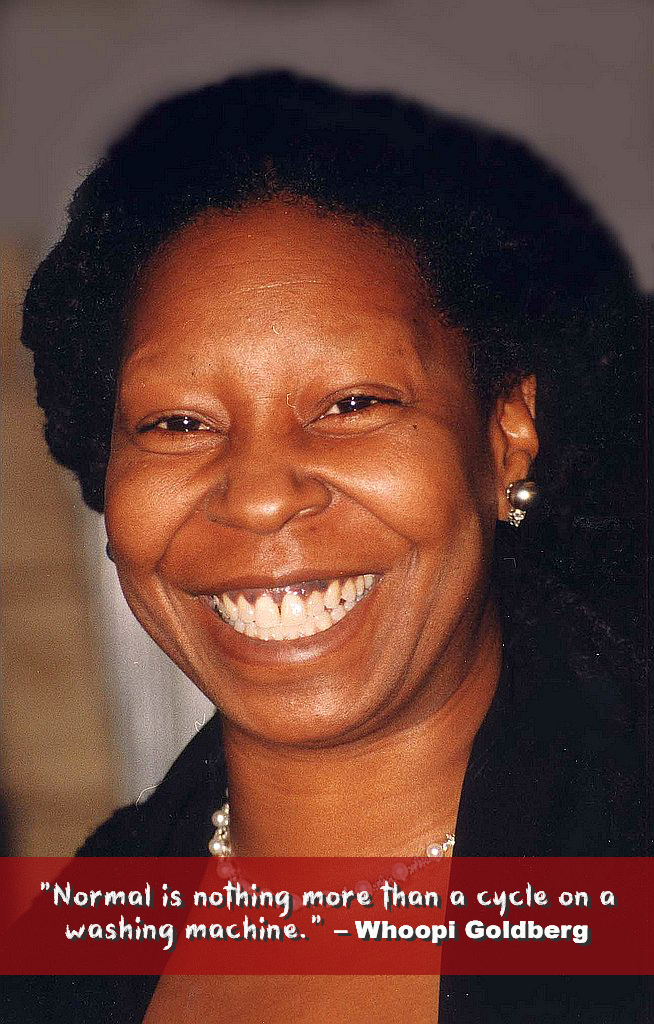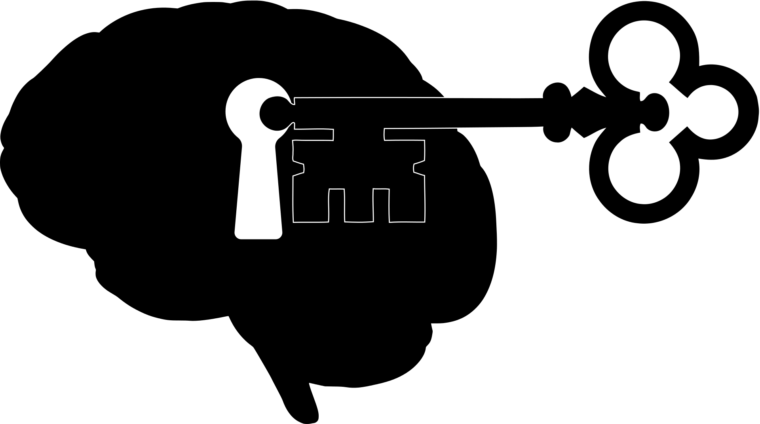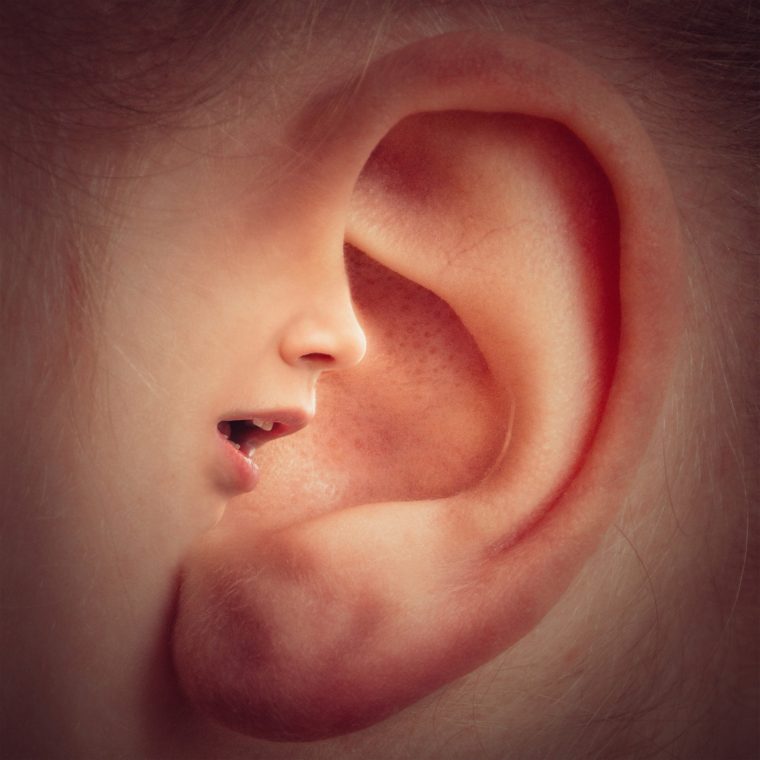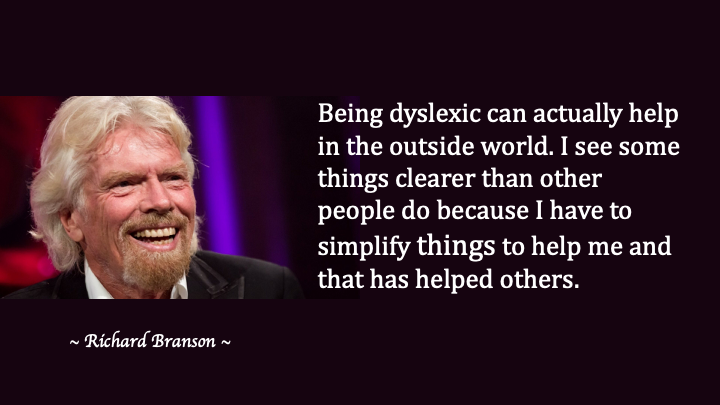Parents usually assume that their children are seeing normally. That’s not always the case.

According to the American Optometric Association, up to 80% of a child’s learning in school is through vision! This makes you child’s visual health extremely important.
Did you know that 1 in 10 children has a vision problem that’s significant enough to impact their learning? In the United States, that translates to over 5 million children.
Three vision skills necessary for optimal learning are:
- Visual acuity
- Convergence
- Visuospatial attention
Visual Acuity
When you take your child to the pediatrician, he gets a typical vision screening. Have you ever wondered if those screenings are foolproof? The National Center for Biotechnology Information says that at least 50% of vision problems are missed by typical screenings.
In addition to that, being assured that your child has 20/20 vision only tells you he can see at a distance. It does not dismiss the possibility of visual focusing, coordinating or tracking problems – all related to learning.
Convergence
Both eyes must work together, effortlessly and without hurting. That’s convergence. When they don’t quite work together, most likely, the child will sees words on a page bounce around. The child may then tell you that the words are blurry or swimming.
Most children under seven years will assume that everyone sees like they do and say nothing.
When this eye-jumping happens in a classroom, the child may complain of feeling tired, headaches (across the forehead, above the eye brows), and/or aching eyes. Some children tilt over to one side to read, thus creating a way to read with only one eye. For these children, reading is linked with distress and comprehension of what is read is low.
Convergence problems can also cause writing problems, because of poor hand-eye coordination.
Visuospatial Attention
Skilled readers are able to focus on individual words within a cluttered page of text, and after a word has been identified, they must rapidly shift their gaze to fixate on the next word in the line. These changes in visuospatial attention must occur rapidly and accurately to enable fluent reading of a page of text.
When the eyes do not move smoothly along together, the child skips words and phrases, or entire lines while reading.
A 2007 study showed that dyslexics have visuospatial attention deficits that parallel their deficits in some linguistic measures, like verbal short-term memory.
Does your child
- Complain of stomach aches at reading time?
- Skip and reread lines?
- Have poor reading comprehension?
- Take longer to do homework?
- Show a short attention span for close work?
It may be dyslexia, or it may be learning-related vision problems.
Be observant!
If you suspect your child is having vision problems, contact the College of Optometrists in Vision Development to locate a developmental optometrist in your area.
Have you ever had to take your child for vision testing because of learning difficulties?









